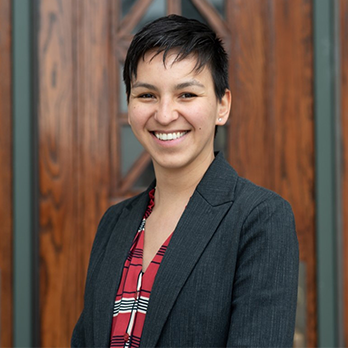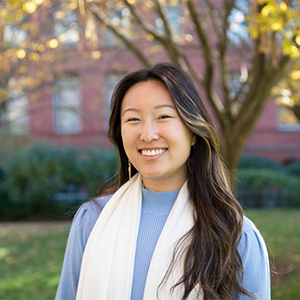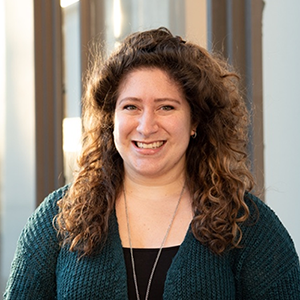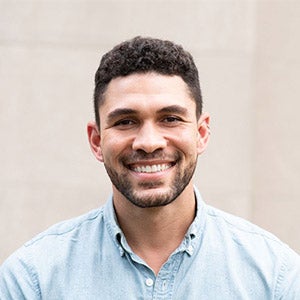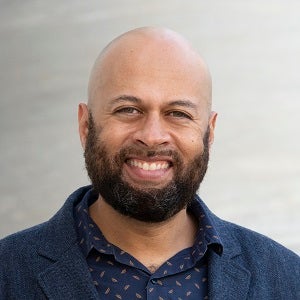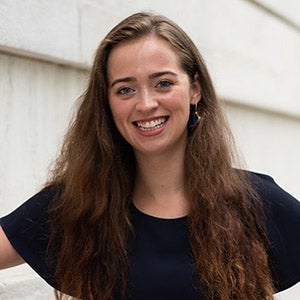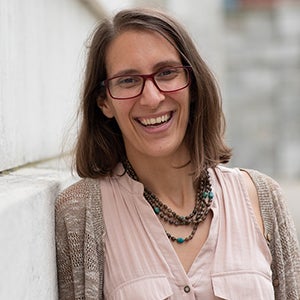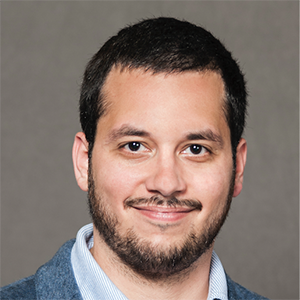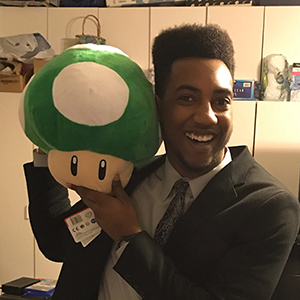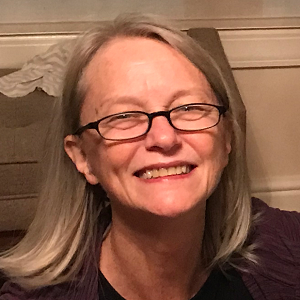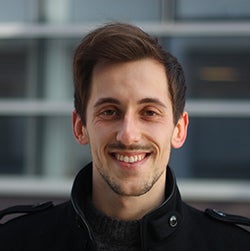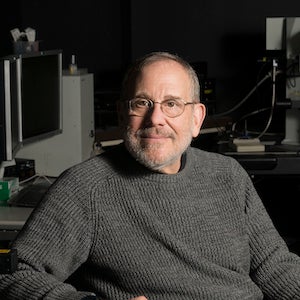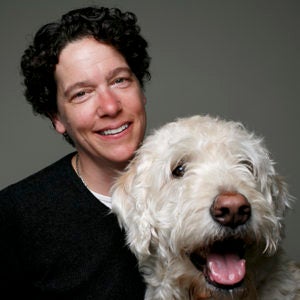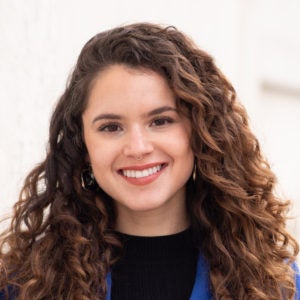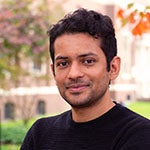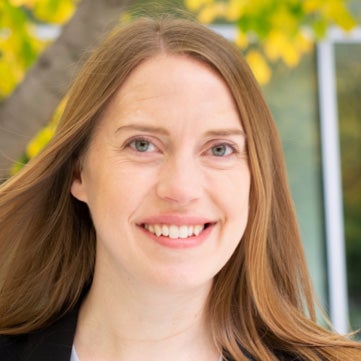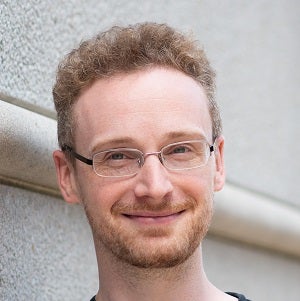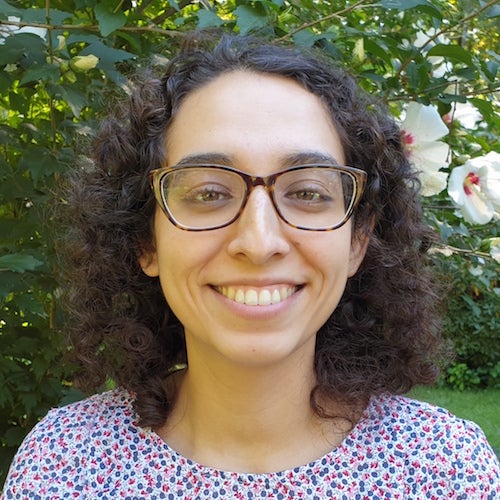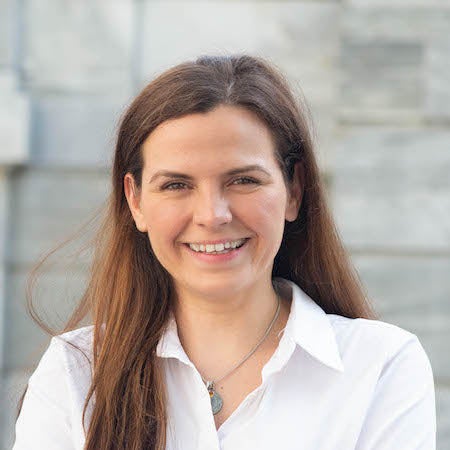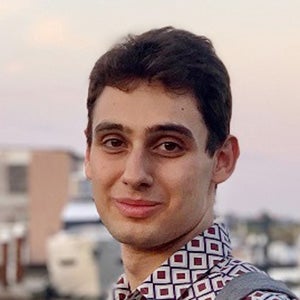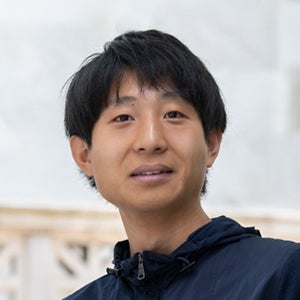All Humans of HBI
I’m fascinated by what makes individuals prone to mental illness. My current research explores the lifelong effects of early life adversity on susceptibility to psychopathology such as anxiety and depression. My goal is to find translational biological endpoints that can predict disease onset, inform early interventions, and ultimately prevent these disorders from occurring in the first place.
Not many PhD students, postdocs or other researchers have the time to learn and master every single technique required for a complex imaging experiment, so I do that. I am the expert in specific techniques and take care of parts of their experiments for them. Then I give them the results and they analyze it and get the data that they need.
I work to make STEM education more inclusive and equitable to support the success of all trainees. In my role I lead educational programs to promote diversity in STEM, I teach and mentor students ranging from high school through graduate and medical school, and I work with colleagues to establish policies and implement practices that promote equity, diversity, inclusion, and belonging (EDIB) in the Harvard neuroscience and graduate education communities.
I study how the developing brain and social experiences interact in ways that increase risk for mental health problems during adolescence, a period of heightened vulnerability. Specifically, I examine how adolescents typically process social experiences, how differences in social processing can increase risk for mental health issues, and how we can leverage social factors to promote resilience in the face of social stress.
I study how humans learn and make decisions under limited cognitive resources, and how our brains allocate these resources to solve everyday problems.
I’m fascinated by how people learn to detect, interpret, and respond to threat in ways that are relevant to mental health. As a clinical psychologist and affective neuroscientist, I train both as a researcher and as a clinician.
I study how humans make predictions, or inferences, about unknowable or uncertain things, and how those inferences contribute to learning and decision-making. Some of the inferences that I'm interested in are our own feelings and internal cues, other people's feelings, and how much control we have over the world around us.
I’m passionate about increasing our understanding of how experiences of violence early in life, such as direct experiences of abuse or witnessing intrafamilial or community violence, impact brain development and ultimately, mental health outcomes. The overarching goal of our work is to shine a light on what’s happening “under the hood” after exposure to violence in childhood so that we can better tailor interventions to prevent or address mental health difficulties that follow.
Carlos Ponce just started a new position as Member of the Faculty at Harvard Medical School. His lab, which studies visual recognition, is moving here from Washington University in St. Louis. Ponce received his MD PhD degree from Harvard Medical School and his Bachelor of Science from the University of Utah. He is originally from Chihuahua, Mexico.
I study a super cool little tissue that most people haven’t heard of - at least I hadn’t until my senior year of college! It’s called the choroid plexus, and you actually have one suspended in each of the four cerebrospinal fluid (CSF)-filled ventricles of your brain.
I’m fascinated by learning and decision-making. I study how neural activity in cortical areas changes while animals learn abstract associations during navigation. To do so, we use virtual reality, which is kind of like you're playing a video game in which you are working your way through a maze, and where you need to learn different rules to reach your goals through the maze. And I look at how cortical activity changes while animals are learning these rules.
I'm interested in understanding how the mammalian motor cortex and older subcortical circuits cooperate with each other to learn and execute complex motor skills.
I look at proteins that play a role in ALS-associated neurodegeneration. I'm specifically studying a nucleic acid binding protein called TDP-43. About 97% of ALS patients end up with TDP-43 in the cytoplasm of motor neurons when it's supposed to be in the nucleus. I’m trying to investigate the effects of this re-localization on motor neuron function and how other proteins might serve as ‘modifiers’ of this phenotype. In other words, I’m looking for other proteins and genes that may positively or negatively affect neurodegeneration in the context of TDP-43 disruption.
Serotonin and dopamine are widely known for their role in mood regulation, but these neurotransmitter systems also affect behaviors like learning and memory and homeostatic body processes like breathing and respiration. I study a subtype of serotonin-producing neuron that expresses a receptor for dopamine. This neuron subtype is involved in social and defensive behavior, and all evidence points to this being the only subtype of serotonin neuron to express any dopamine receptor in the mature mouse brain. Therefore, we think it’s an important link between the two neurotransmitter systems. My research has focused on what the purpose of this dopamine receptor is in relationship to behavior. I have found sex-specific changes in behavior when we delete this receptor from serotonin neurons, as well as sex differences in these neurons at the molecular, cellular, and circuit level.
Janine Zieg has served as Director of Research for the Department of Neurobiology at Harvard Medical School for eleven years, and overall has worked with department chair Mike Greenberg to support research activities in the Harvard neuro community for over twenty years—working in the F.M. Kirby Neurobiology Center at Boston Children’s Hospital before coming to HMS.
I study the relationship between brain circuits and brain stimulation therapies. This involves analyzing complex brain imaging data and pairing that up with brain stimulation data. A patient lying in a scanner may have their brain activity measured over about a thousand time points at about a million different spots in the brain. You end up with billion data points for every patient and it ends up becoming a data science challenge. The question then becomes how to integrate that with information about where a patient was incidentally stimulated and how they got better. Based on all that information, I develop models to try to figure out better ways to target our therapies.
I’m currently working on the gut-brain axis and oxidative stress during sleep deprivation with a great team of people from the Rogulja Lab. In addition to research, I love organizing conferences and special events – programs that bring together scientists across different countries, and that sometimes connect science with other aspects of society, such as sports or music.
Joshua Sanes, PhD, is the Jeff C. Tarr Professor of Molecular and Cellular Biology at Harvard University. Last month he completed a sixteen-year term as the Paul J. Finnegan Family Director of the Center for Brain Science (CBS) and a six-year term as co-director of the Harvard Brain Science Initiative (HBI). He has been with both CBS and HBI since their founding in 2004 and 2014, respectively.
Beth is a photographer who became a computer expert during the early days of digital photography. She has worked at Harvard for over 30 years, wearing many different hats. This March, Beth transitioned from the HMS IT Client Services Group to HMS IT Research Computing. A key part of her job is advising scientists about communicating with visual data.
I support collaboration amongst scholars, researchers and faculty. Currently, I am working with scientists at Harvard’s Center for Brain Science as Event Coordinator. I have been around the block at Harvard - over 25 years in Crimson service.
I study how memories alter behavior. What changes in our brain when we have an important experience—an experience that will affect how we behave in similar situations in the future?
The focus of my study is to pinpoint how the neurons in our ear acquire specialized features to reliably communicate auditory information from our cochlea—the hearing organ deep in our ear—up to the brain.
I study animal behavior. We sort of understand human behavior—when a human is angry or happy, what their gestures mean, and why they might do certain things.
My long-term goal is to understand how emotions are encoded in the brain. I’ve approached this question by asking how neural circuits orchestrate evolutionarily conserved social behaviors that are thought to be closely linked with emotions and how these circuits are modulated by sex, experience and physiological state.
I am studying how stressful early childhood experiences can alter the trajectory of brain development and predispose individuals to adverse mental health outcomes.
I am interested in understanding how neurons can write, update & store memories. This amazing capability of being stable & dynamic at the same time declines with aging and to a much further extent in Alzheimer’s disease. So, my research focuses on understanding how a healthy, adult brain writes & stores memories and how that changes in aging and Alzheimer’s disease.
I help people solve their imaging issues and find ways to move their science forward.
I am fascinated by how a single cell – the fertilized egg – gives rise to multicellular structures that are both highly complex and highly ordered. Over the past five years, I have studied this process using a tiny nematode called C. elegans.
I work in the Human Health & Performance Systems Group at MIT Lincoln Laboratory. My research focuses on auditory attention and the neural encoding of speech.
I’m a neuroscientist who studies how the brain regulates aggressive behavior. In my current project, I am identifying and characterizing the brain cells that activate female aggression.
I am an undergraduate student in my fourth year, majoring in computer science at American University of Armenia in Yerevan. This summer I’m working in the Dystonia and Speech Motor Control Lab at Harvard Medical School and Massachusetts Eye and Ear Infirmary.
I work with neurobiology faculty across the Harvard Medical School Quadrangle to write collaborative grants for neuroscience research, in addition to writing about neuroscience research at Harvard for the general public.
I am the Security Officer at the Armenise-Goldenson building link at Harvard Medical School. I’ve worked at the University for 22 years. I was born in Puerto Rico and grew up in East Cambridge, MA.
I am building a machine learning model to identify genomic mutations in non-coding regions, which could have severe effects in various rare diseases. Even though 98% of the genome represents non-coding regions, our understanding of non-coding mutations remains very limited. I am using data science approach to tackle this problem, with a hope that it accelerates our understanding of the genetic cause of rare diseases.
I have an interest in neurodegenerative diseases and study the Blood Brain Barrier (BBB) with an eye towards improving the delivery of therapeutic antibodies into the brain.
I am fascinated by sleep physiology and circadian biology. As a member of the Lichtman Lab, I have been reconstructing neurons from the master circadian brain clock (suprachiasmatic nucleus, or SCN) to explore their structure-activity relationship.



